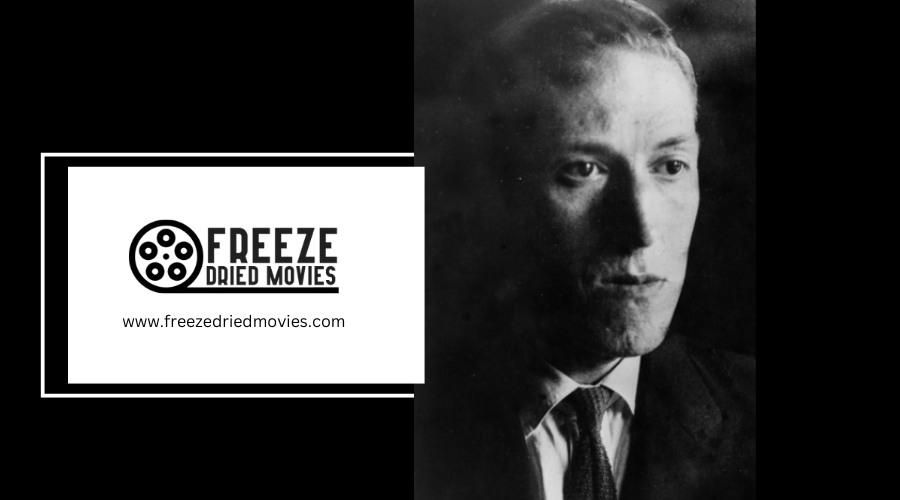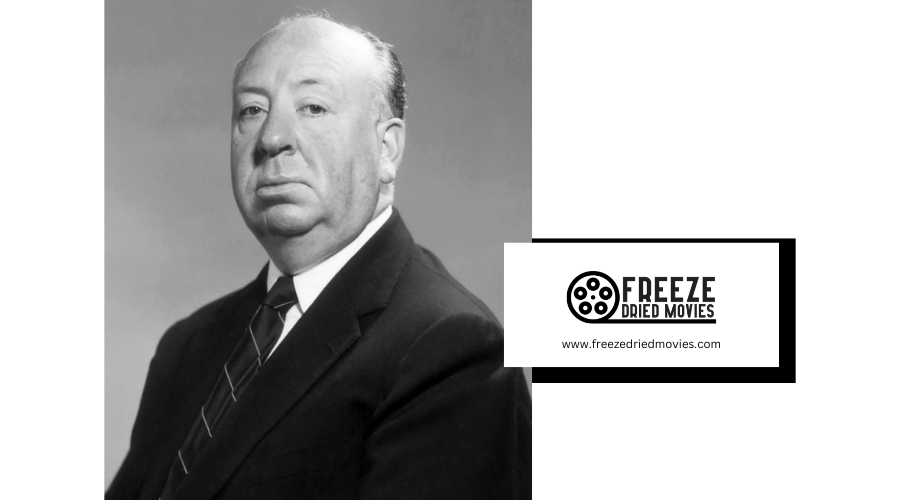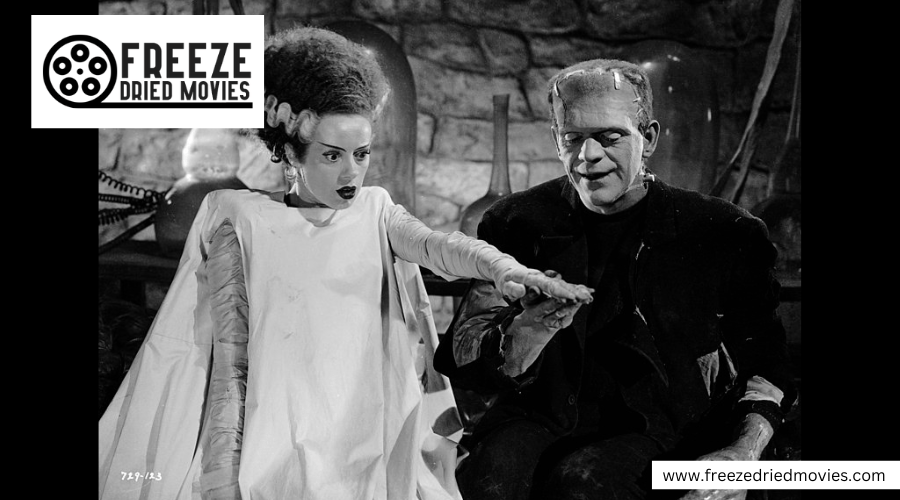How Did RKO Innovate Within the Horror Genre on a Budget?
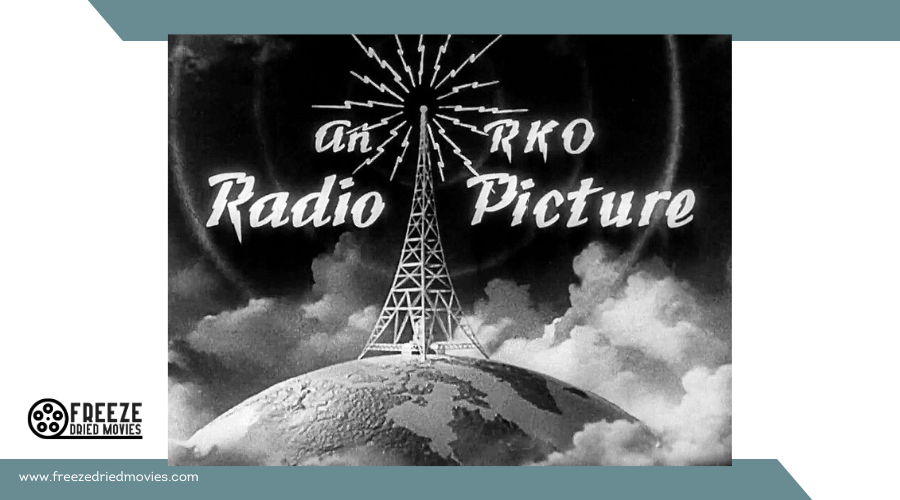
Radio-Keith-Orpheum (RKO) effectively maximized its limited horror film budgets through innovative techniques that significantly influenced the genre. The studio utilized existing backlots and simplified set designs, creating expansive and eerie settings economically.
They employed strategic low-key lighting and shadow play to evoke a haunting atmosphere, enhancing the sense of dread with minimal financial outlay. A pivotal element in RKO's approach was the focus on psychological horror, which heightened fear through implication and auditory cues rather than costly special effects.
Producer Val Lewton was instrumental in this approach, prioritizing compelling narratives and atmospheric tension over elaborate visuals. This methodology not only saved money but also enriched the horror film genre by emphasizing subtlety and psychological impact.
Early Budget Filmmaking Techniques
RKO's early horror films exemplified efficient budget filmmaking by repurposing existing sets and leveraging psychological horror and atmospheric tension. These productions achieved a high level of quality without incurring substantial costs. The film's ability to instill fear and suspense was largely due to strategic cost-saving tactics. By eschewing expensive special effects and focusing on strong storytelling and immersive atmospheres, they effectively cultivated a pervasive sense of dread that engaged audiences deeply.
These productions were typically completed in just 18 days, a rapid schedule that fostered a sense of urgency and innovation on set. The resulting films featured extended sequences of chilling suspense, primarily driven by their constrained timelines. This efficient use of resources didn't compromise the films' impact; instead, it inspired a distinctive creativity. The terror in these films stemmed from their ominously shadowed settings and tightly woven, suspenseful plots that captivated viewers.
The savings achieved by minimizing physical production costs were redirected into developing rich, compelling narratives. This strategic allocation demonstrated that significant scares don't necessarily require extravagant budgets.
Utilizing Backlots and Sets
By repurposing existing backlots and sets, the studio effectively created atmospheric environments for their horror films within a budget. RKO's strategic adaptation of these spaces enabled them to craft chilling narratives without the substantial costs associated with constructing new sets. Sets originally designed for other genres were ingeniously modified with a sinister twist to become haunting mansions or foggy landscapes, crucial for horror storytelling.
This method wasn't solely about cost efficiency; it was about leveraging every resource. RKO's reuse of settings not only reduced expenses but also expanded creative possibilities. The genre of horror, which heavily depends on atmospheric elements, benefited from the studio's clever transformation of familiar locales into unique, suspenseful environments that appeared entirely fresh to viewers.
This innovative strategy enhanced RKO's standing in the industry, allowing them to produce horror films that seemed more expensive than they actually were. The transformed backlots and sets served as dynamic platforms where effective lighting and shadow techniques were employed, heightening the eerie and haunted ambiance crucial for engaging the audience's imagination.
Atmospheric Use of Lighting
RKO's horror films are distinguished by their skillful use of lighting to create a haunting atmosphere. The studio's implementation of low-key lighting and strategic shadows not only establishes an eerie mood but also contributes to a chilling sense of unease. These shadows are integral in building suspense and deepening the mystery of the narrative. Scenes are crafted with dimly lit corners that imply hidden dangers, causing viewers to engage more intensely and heightening the suspense.
The manipulation of light and darkness in RKO's films adds significant psychological depth to the storytelling. Each shadow and dimly outlined figure serves as a visual cue that enhances the psychological layers of the plot. The lighting does more than enhance visibility; it acts as a storytelling tool that suggests underlying themes and emotions, weaving a sense of foreboding throughout each scene. This interplay of light and shadow keeps viewers on edge, effectively maintaining a balance between anticipation and fear, which is a hallmark of RKO's horror films.
Influence of Val Lewton

Val Lewton revolutionized the horror genre at RKO by emphasizing psychological depth and narrative innovation rather than relying on conventional scare tactics. By collaborating with directors like Jacques Tourneur and Mark Robson, Lewton's films became known for their atmospheric style that emphasized mood over explicit horror elements.
Lewton's approach was both effective and efficient: he utilized existing sets and limited shooting schedules to 18 days, which kept production costs low while fostering creativity. This strategy led to tightly crafted, atmospheric narratives that resonated deeply with audiences, offering a more engaging experience than many larger-budget productions.
Lewton's influence at RKO redefined audience expectations for horror films, demonstrating that the genre's most profound terror arises from the psychological shadows rather than visible horrors. His work didn't merely scare; it provoked thought, establishing that psychological horror could be both impactful and economically viable with limited resources. Lewton's legacy endures as a testament to the power of creative storytelling within strict constraints, underscoring that a vivid imagination can flourish even under challenging conditions.
Sound Design Innovations
RKO's sound designers skillfully used sound to enhance the eerie atmosphere in their horror films, particularly when budget constraints limited the use of elaborate visual effects. This focus on auditory elements played a crucial role in establishing a deep psychological impact, intensifying the audience's experience of fear.
Here's how they achieved this:
- Atmospheric Effects: RKO crafted a mix of ambient sounds to create a disturbing environment. These sounds weren't merely background noise; they were meticulously designed to maintain a sense of unease, making the presence of the unseen palpably felt.
- Creative Use of Silence: Far from being just an absence of sound, silence was employed by RKO as a strategic tool to escalate tension. This technique made the subsequent introduction of sound more startling, effectively heightening suspense.
- Distorted Sounds and Whispers: RKO utilized altered sounds and whispers to infuse a sense of mystery and fear. These sound design strategies went beyond simple auditory effects; they psychologically engaged the audience, amplifying the terror associated with the unknown.
Through these techniques, RKO's horror films delivered a profoundly haunting experience, demonstrating that innovative sound design can be a highly effective substitute for big-budget visuals in creating spine-chilling horror.
Minimalist Set Design
Sound played a crucial role in amplifying fear in RKO's horror films, yet the minimalist set design was equally pivotal in building atmospheric tension. These haunting settings were created not through lavish spending but through a strategic minimalist approach that utilized every resource efficiently. RKO's method of repurposing existing sets kept production costs down while still setting the perfect eerie stage necessary for inducing fear.
The studio's focus on essential details allowed them to create an illusion of a larger, more ominous world with minimal elements. A dimly lit room with shadows casting eerie figures on the walls or a barely furnished hallway where every sound is amplified effectively heightened the mood and tension. This strategic use of lighting and sparse settings intensified the sense of unease, making the viewer's imagination run wild with fear.
This minimalist approach was finely tuned, focusing on the critical elements necessary to evoke a strong emotional response. The palpable atmospheric tension in these films was achieved not through complex scenery but through meticulous attention to essential details like lighting and shadow placement. This method proves that a less-is-more approach can be highly effective in eliciting fear, demonstrating the power of simplicity in film design.
Psychological Horror Focus
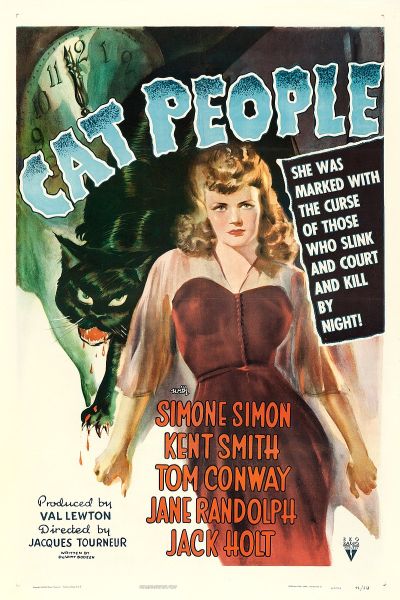
By harnessing the elements of psychological horror, RKO effectively crafted narratives that prioritized mental suspense over physical violence. This approach brought a novel dimension to horror cinema, where what was implied proved more unsettling than what was shown. Films like 'Cat People' stood out not only for their narrative innovation but also for their ability to tap into the viewer's subconscious fears.
RKO's psychological horror strategy was characterized by several distinct tactics:
- Atmospheric Narratives: The studio employed shadows, lighting, and soundscapes to cultivate a haunting environment that amplified the psychological tension.
- Subtle Storytelling: RKO's films leveraged the power of suggestion to instill fear, engaging the audience's imagination as a crucial component of the horror experience.
- Character Depth: The films featured characters with complex psychological profiles, enhancing the realism and relatability of psychological horror.
RKO's method not only garnered critical acclaim but also reinforced its reputation as a studio capable of producing profound, atmospheric, and suspenseful horror films within budget constraints. Through its focus on psychological horror, RKO profoundly influenced the genre, demonstrating that creativity can thrive under limitations.
Casting and Performance Styles
RKO's innovative casting choices significantly enhanced their horror films by focusing on actors who delivered subtle yet impactful performances. This strategy involved selecting lesser-known talents, allowing the studio to allocate more resources towards crafting atmospheric settings crucial for their psychological horror films. These actors were chosen for their nuanced abilities to portray complex emotions, not merely for their capacity to perform dramatic scenes.
Their performances did more than just populate a horror film; they immersed the audience in the characters' distress and fear. This method deepened the viewer's engagement, using the actors' skills to build tension and dread gradually. The effectiveness of these performances played a pivotal role in creating the distinctively unsettling ambiance that RKO's horror films are celebrated for.
Legacy of RKO Horror Films
RKO's horror films have significantly influenced the genre, particularly through their psychological suspense and innovative narrative techniques. Essential figures such as Val Lewton, Jacques Tourneur, and Robert Wise were central to these developments, creating films that combine psychological horror with inventive storytelling, effects still evident in modern cinema.
Here are key aspects of RKO's lasting impact on horror filmmaking:
- Psychological Depth: RKO's films, including *Cat People* and *I Walked with a Zombie*, excel in suggesting rather than showing horror, effectively engaging the audience's imagination to evoke fear.
- Atmospheric Tension: These films pioneered the use of shadows and sound to build suspense, establishing standards for creating mood and tone in horror films that continue to influence the genre today.
- Economic Filmmaking: RKO demonstrated that limited budgets don't hinder creativity. Their films emphasized strong narratives and character development, encouraging contemporary filmmakers to adopt a similar focus despite financial limitations.
RKO's horror films have endured over time and continue to inspire new generations of filmmakers, illustrating that innovative storytelling and atmospheric tension are as effective as high-budget effects in creating lasting horror cinema.
Creative Storytelling Approaches
Creative storytelling techniques enabled RKO filmmakers to effectively convey horror narratives that emphasized tension and atmosphere despite financial constraints. These films, notably 'Cat People' and 'I Walked with a Zombie', utilized a slow-burn narrative style, gradually heightening suspense and instilling a lingering sense of dread.
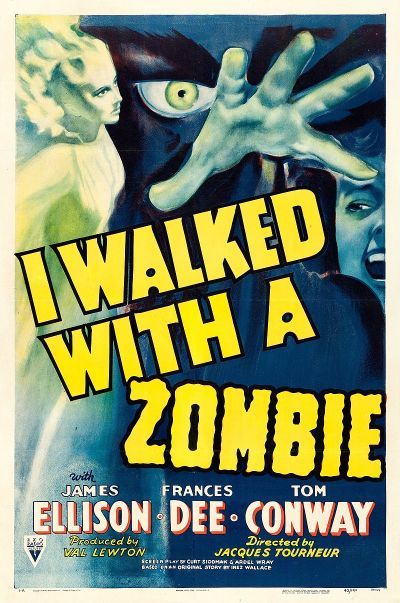
Directors such as Jacques Tourneur and Robert Wise were instrumental in this process. They focused on creating a cinematic environment that prioritized mood over explicit scares, using subtle visual cues and detailed soundscapes to provoke unease. Shadows and silences weren't merely background elements but active components of the storytelling, prompting viewers to engage their imaginations.
Furthermore, RKO's horror films were distinguished by their psychological depth. They explored internal conflicts and societal issues, adding complexity beyond the typical horror scenario of simply surviving or defeating a monstrous entity. This innovative approach demonstrated that effective horror could be achieved with limited resources, influencing the genre's evolution.
Conclusion
RKO's innovative approach in the horror genre demonstrated that high-quality filmmaking doesn't require lavish budgets. Under Val Lewton's leadership, the studio employed creative techniques in lighting, sound, and set design to elevate psychological horror and atmospheric storytelling.
These methods not only saved costs but also effectively tapped into deep-seated fears, showcasing that genuine terror stems from the ambiance and narrative rather than expensive effects. RKO's strategic use of resources and focus on subtle yet powerful performances have left an enduring impact on horror cinema, illustrating that creativity can achieve what big budgets often attempt but don't always succeed.

